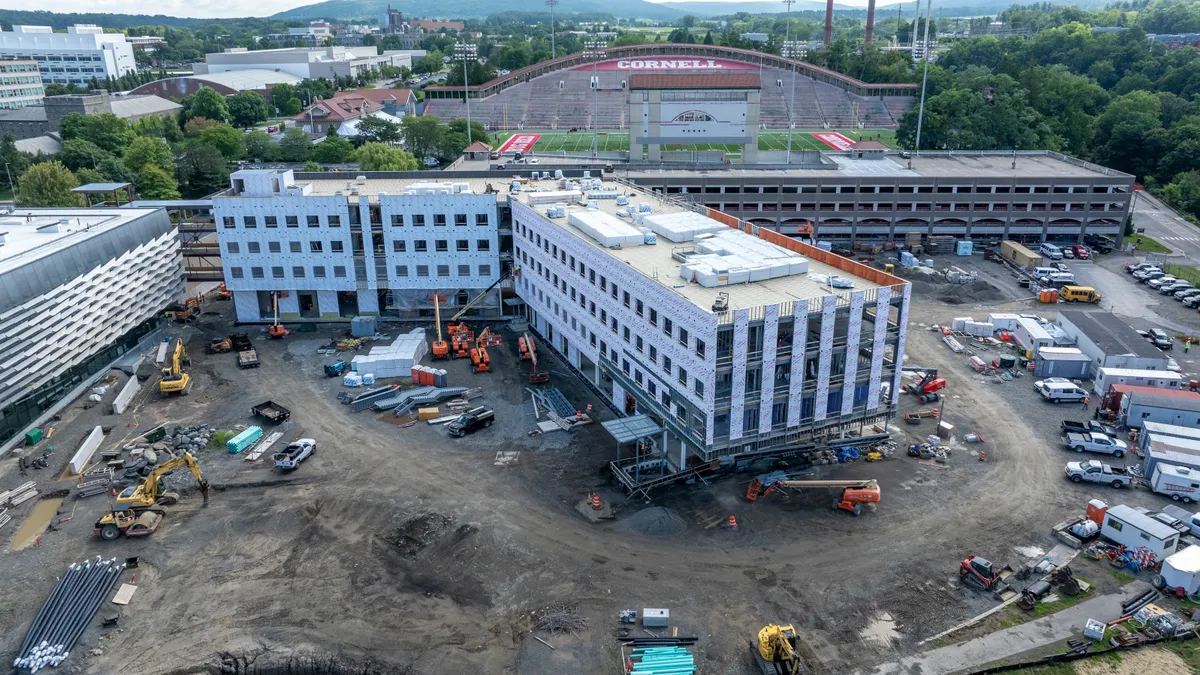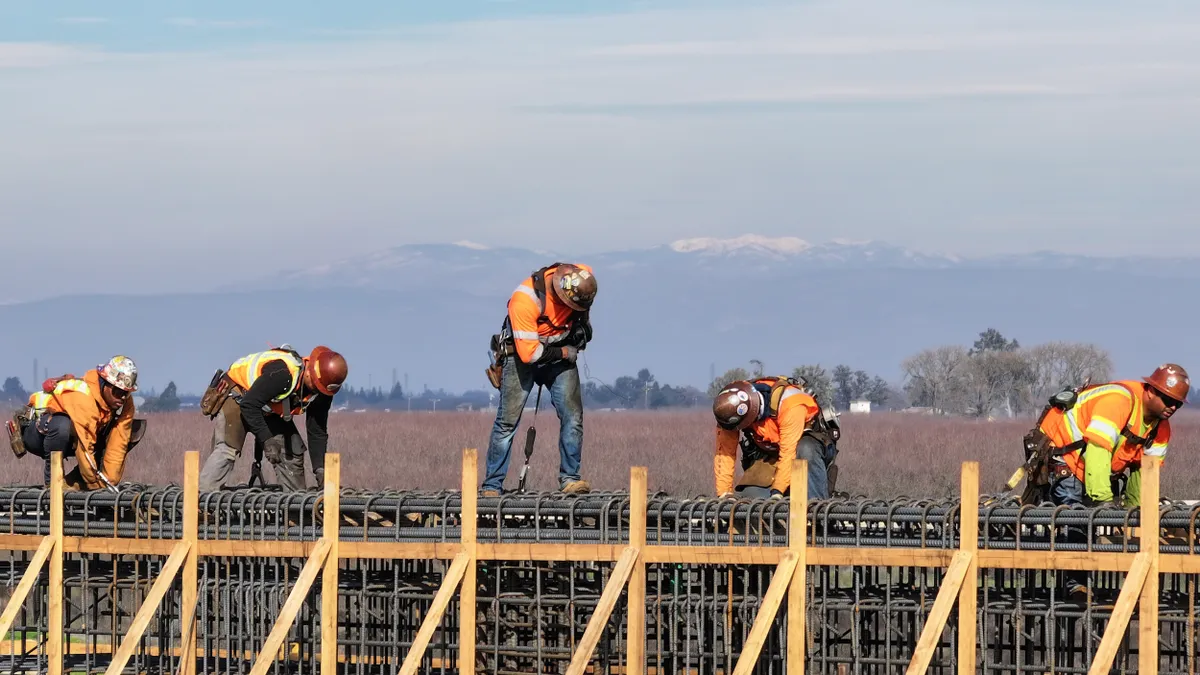Construction quality stands to benefit from wider adoption of emerging technologies like reality capture tools, according to panelists at the Advancing Construction Quality conference in Baltimore last week, as well as from simpler shifts toward a paperless workflow.
Amazon is the greatest data and analytics company, said Shaun Lewis, senior manager of reality capture at Clark Construction, and the construction industry would do well to look toward its model of leveraging as much data as possible to gain competitive advantage.
He uses 3D laser scanners to create point clouds for the existing condition of a project site that can then be layered against a model to clearly identify errors. Not only can this capability win over architects, he told the audience of quality control and assurance professionals, but it also allows project teams to mitigate errors in a project’s early stage.
Brendan Bartolo, quality control manager at Dynaelectric Colorado, noted his company uses metrics to keep tabs on its quality practices across jobsites and to examine why issues spring up. “We use that data to educate our team,” make adjustments and “incorporate lessons learned down the road,” he said.
When it comes to implementation of new technology, Bartolo acknowledged that there’s a period of time when the new tool is more of a hassle than benefit. “When we got PlanGrid, we had to go out and train 50 foremen on how to use it,” he said. “It’s a daunting task, but once they get past the phase of ‘what the heck is this?’, that’s when the ROI comes in.”
David Mata, director of quality at Casey Industrial, noted the many benefits that have come from the simple decision to go paperless in as many areas as possible. Since introducing iPads on the jobsite, the firm is using 70% less paper, he said, and has been able to easily pull analytics for management review.
Carl Johansen, section manager for utility shared services quality management at Consolidated Edison, remarked that to see any improvement in efficiency through technology, a company has to have mastered its processes on paper. Tacking mobile checklists or other tools onto a broken workflow will make the process less efficient, he said. Instead, he recommends firms ensure what they want to automate works well offline before implementing technology.
Contractors that can demonstrate how data improves their quality of work on the job will have a competitive edge, according to Bartolo. He said BIM, in particular, is “revolutionizing what we do every day,” by allowing project teams to do mockups electronically and eliminate problems before they’re even manifested on a project site.
Quality is already built into many contractors’ cultures, several conference panelists noted. As these companies increasingly turn to data and technology to improve their project output, quality processes can translate into more projects, more savings and more revenue.














